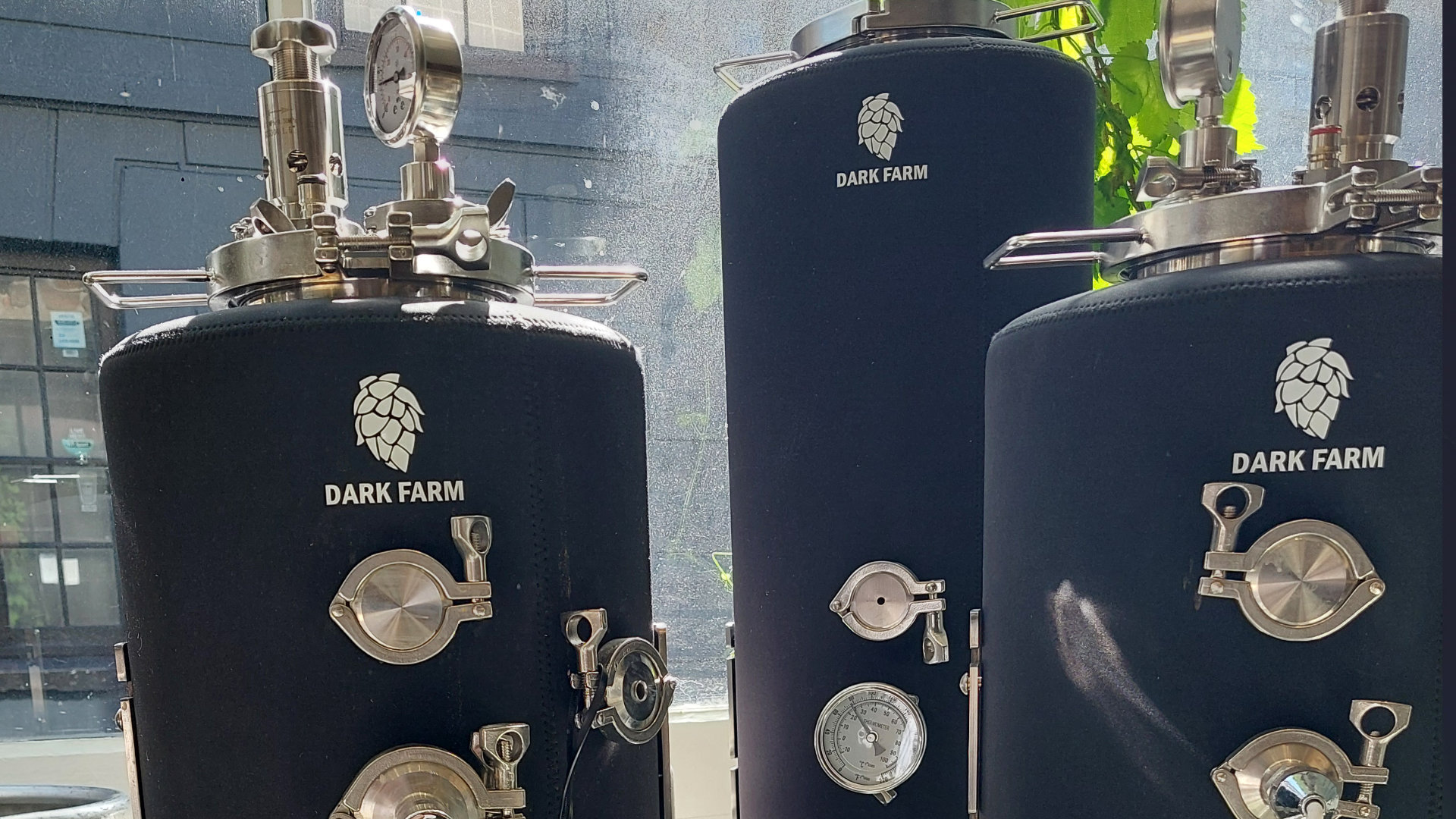When I started brewing, it was always my dream to produce a classy brew in a Champagne bottle. I believe it was almost 5 years ago when I purchased the bottles for this, and last weekend, when clearing out yet another storage container, I found them. Fortuitous or destiny or simply the beer gods talking!
What’s more exciting, I’ve just ordered a new CNC (a computer controlled router) for a project I’ll soon tell you about - and it comes with the option to add a laser for engraving bottles. So, inspired by your creative beer labels in this issue, I will be producing my own designs to etch onto the bottles.
Tips for Corking & Caging Beer
As well as using a fancy label, corking and caging beer bottles can be a great way to add a touch of elegance to your homebrews. It can also prevent exploding bottles with high carbonation or Brett-based beers. However, it can be a tricky process, and if not done correctly can lead to a contaminated or flat beer. But don’t let that put you off because it is worth the effort. And the more you do it, the easier it gets.
Here are some tips to help ensure you get the best results:
1. Use high-quality corks and bottles: Poor-quality corks can lead to contamination and spoilage, so invest in high-quality, specifically designed corks for beer bottles - not wine corks. Your bottles need to be heavy duty like Belgian beer or Champagne ones.
2. Sanitise bottles and corks: Soak the bottles and corks in a sanitising solution for at least 10-15 minutes to kill any bacteria or yeast.
3. Don’t overfill or underfill bottles: Over-filling bottles with your beer can make it challenging to cork successfully. Under-filling means there’s not enough pressure on the cork to form a tight seal. Fill with enough beer to allow for 2.5 - 5 cm of headspace.
4. Keep the corker level - so that the cork goes in straight. If the cork goes in at an angle, it can lead to leaks or contamination.
5. Don’t push the cork too far into the bottle neck. It will make it hard to remove and might not allow for ‘mushrooming’ (see below). Insert about half of the cork - it’s worth practising a few times on an empty bottle.
6. ‘Mushrooming’ refers to the compressed top part of the cork protruding from the bottle. Using a bench capper can help mushroom the cork while you’re attaching and twisting the cage. It’s also safer than pushing down on the cork with your hand should the bottle neck break! Take a look online for tutorials.
7. Tip the bottle upside down: After corking the bottle, tip the bottle upside down for a few moments to ensure that the cork has formed a tight seal.




